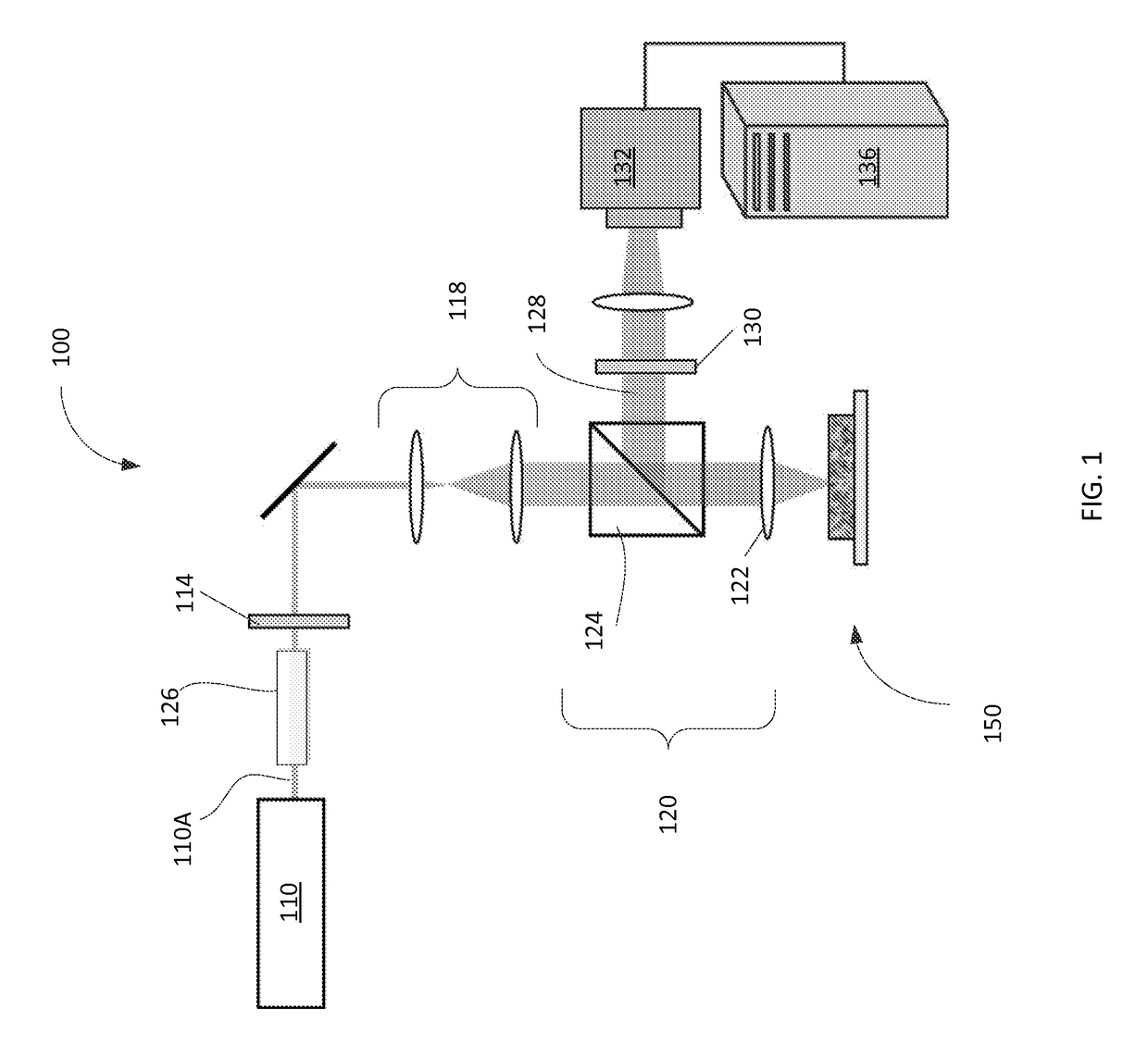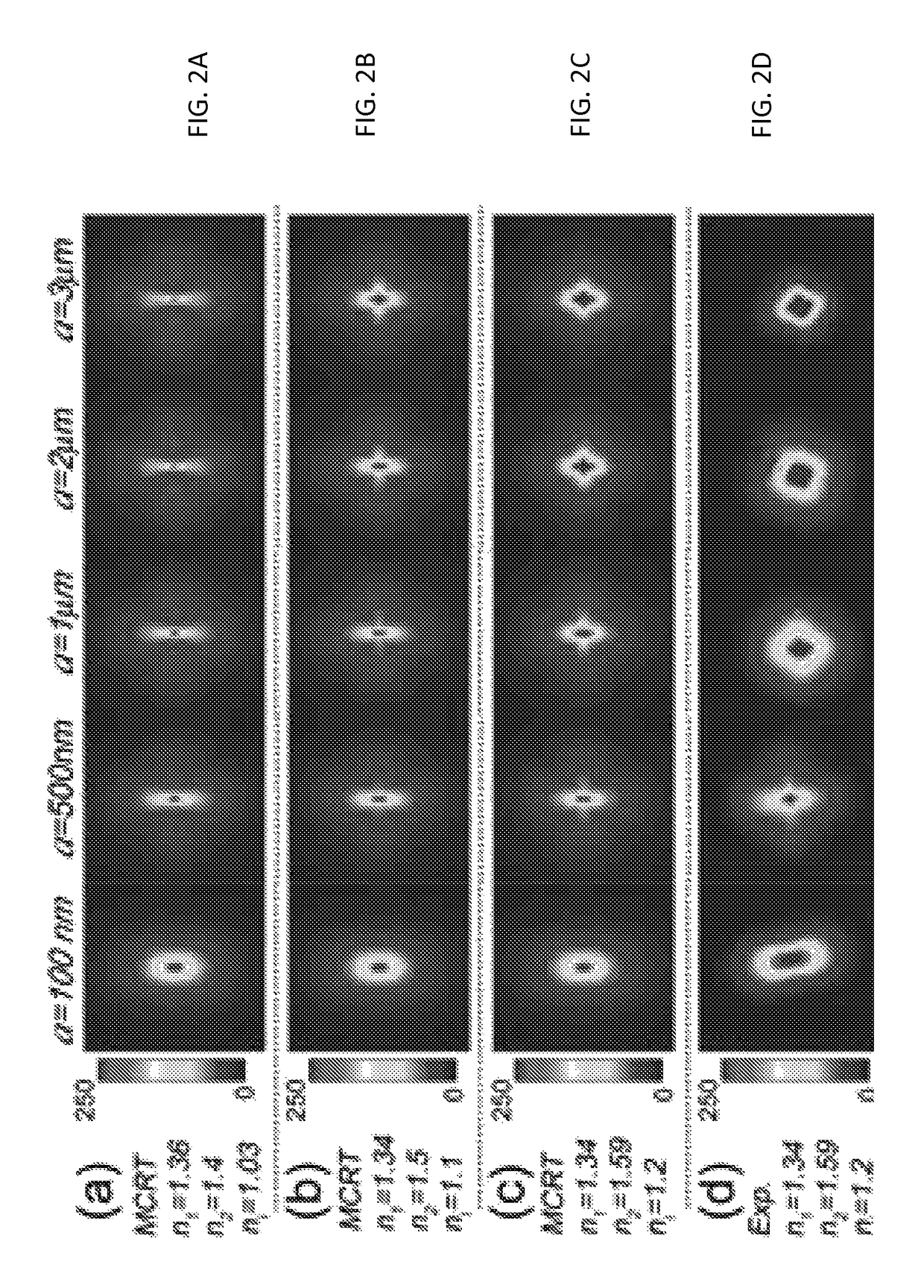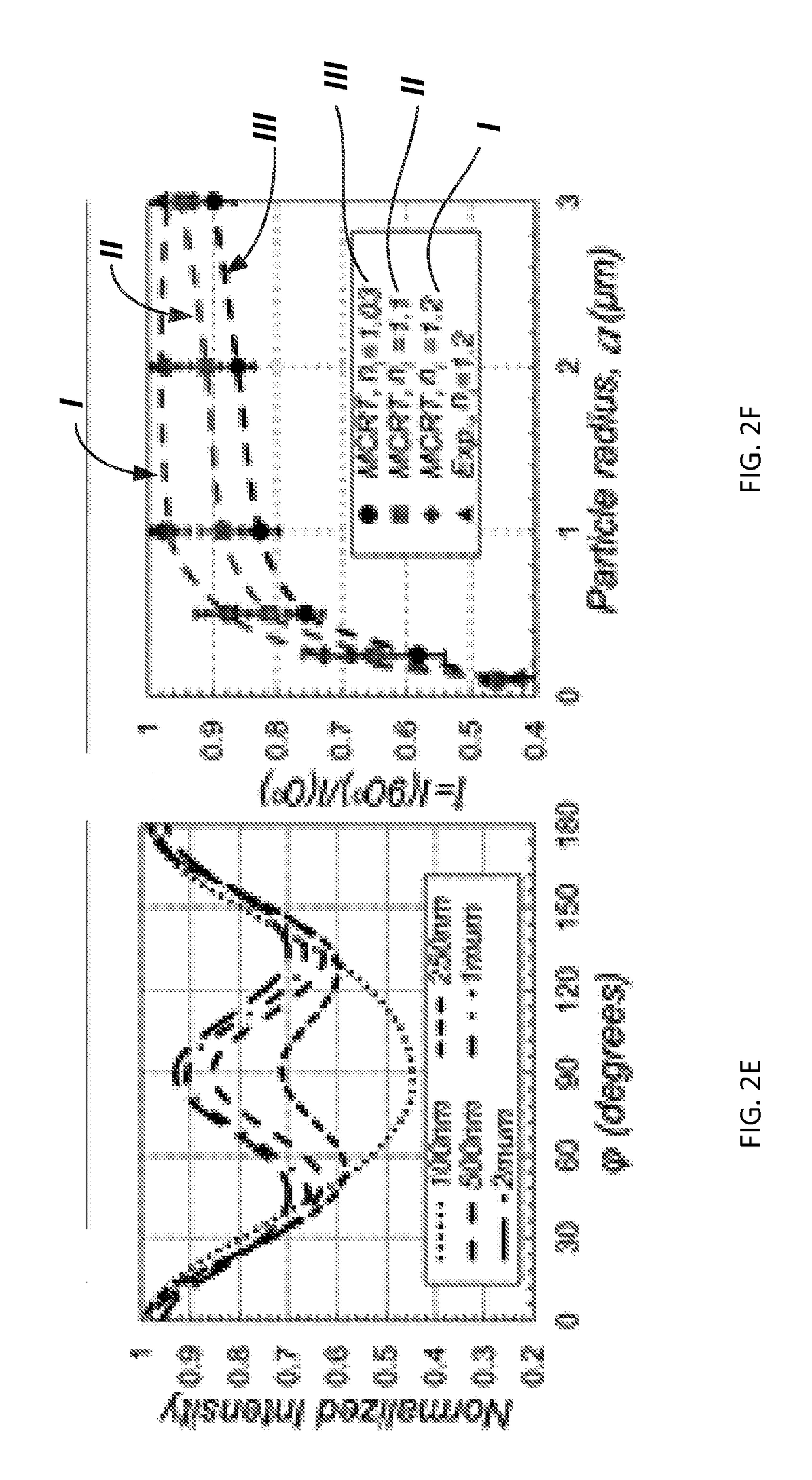System and methods estimation of mechanical properties and size of light-scattering particles in materials
a technology of mechanical properties and materials, applied in the field of optical systems, can solve problems such as erroneous characterization of materials, inaccurate estimates of g*(), and material properties
- Summary
- Abstract
- Description
- Claims
- Application Information
AI Technical Summary
Benefits of technology
Problems solved by technology
Method used
Image
Examples
example 1
tion of Viscoelastic Modulus of a Material
[0059]The utility of the proposed methodology for evaluating the viscoelastic moduli of materials with unknown particle sizes using the LSR modality was initially experimentally demonstrated with the use of three common materials in the set-up 100: medicated soap (Steris Corp., Ohio), silicone conditioner (Procter and Gamble, Ohio), and mayonnaise (Kraft Foods, Ill.), all of which were turbid materials with a priori unknown particle size distributions. The samples were loaded in imaging chambers and laser speckle image frames were acquired at 753 fps for 5 seconds. FIGS. 3A, 3B, 3C, and 3D display the respectively-corresponding DRP patterns, along with the normalized irradiance vs. φ plots (curve C, M, S). The differences between the experimental plots of FIG. 3D and the MCRT-generated plots in FIG. 2E are attributed to the differences in optical properties (ni and μs′) and poly-dispersity of the materials, as well as the attributes of exper...
example 2
tion of Viscoelastic Modulus in Curing Materials or Gels with Time-Varying Mechanical Properties
[0062]The sensitivity, dynamic range, and limitations of the proposed approach for LSR-based measurements of viscoelastic modulus in curing materials or gels with time-varying mechanical properties were assessed, in this example, during curing of polydimethylsiloxane (PDMS) gels. PDMS1 and PDMS2 samples were prepared by mixing the base and curing agent (Sylgard® 184, Dow Corning, Belgium) in 1:10 ratios. Silica microspheres (PolySciences, Inc.) and Borosilicate beads (Thermo Scientific, Inc. Waltham, Mass.) of two distinct known sizes were added to the precursor mixtures (w / v˜10%, and 4%) to induce light scattering. The samples were poured in spectroscopic cuvettes for the LSR measurements. Speckle movies (sets of frames with images of laser-speckles in backscatter) were acquired every 30 minutes for 24 hours at 753 fps for 5 seconds. The remainders of samples were loaded in a mechanical ...
PUM
| Property | Measurement | Unit |
|---|---|---|
| wavelengths | aaaaa | aaaaa |
| wavelengths | aaaaa | aaaaa |
| focal length | aaaaa | aaaaa |
Abstract
Description
Claims
Application Information
 Login to View More
Login to View More - R&D
- Intellectual Property
- Life Sciences
- Materials
- Tech Scout
- Unparalleled Data Quality
- Higher Quality Content
- 60% Fewer Hallucinations
Browse by: Latest US Patents, China's latest patents, Technical Efficacy Thesaurus, Application Domain, Technology Topic, Popular Technical Reports.
© 2025 PatSnap. All rights reserved.Legal|Privacy policy|Modern Slavery Act Transparency Statement|Sitemap|About US| Contact US: help@patsnap.com



